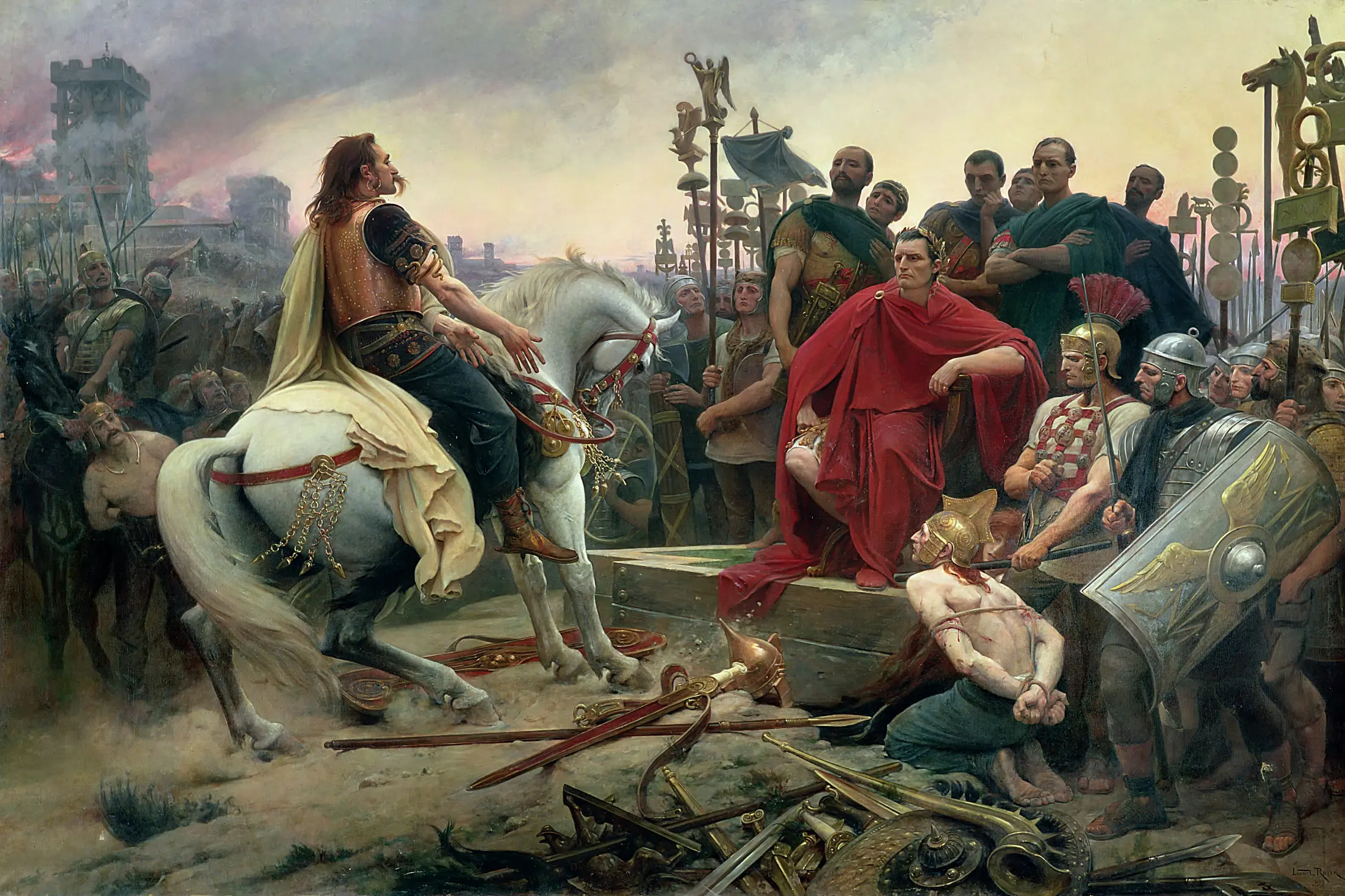Hello my friends ✨ Walking through Rome is like stepping into a layered storybook, and one of the most gripping chapters belongs to Julius Caesar. His name echoes through centuries, etched into marble ruins and whispered in the arches of ancient forums. But Caesar’s story isn’t just about history; it’s about ambition, transformation, and how one man’s life changed the course of the Western world. Let’s unravel his tale and explore where you can still feel his presence in the Eternal City.
🛡️ Who Was Julius Caesar?
Gaius Julius Caesar (100 BCE – 44 BCE) wasn’t handed greatness, he seized it. Born into an old patrician family that had seen better days, Caesar used his skills as a general, politician, and orator to rise from relative obscurity to become the most powerful man in the Republic. He expanded Rome’s territories, most famously conquering Gaul (modern France and Belgium), crossing the Rubicon River in a moment of defiance that changed history. He was not just a warrior, he was a visionary. He initiated sweeping reforms, reorganized the calendar (hello, July!), and sought to centralize power to bring stability to a chaotic Republic. But not everyone loved him for it…
🔪 The Ides of March
On March 15, 44 BCE, the infamous Ides of March, Caesar walked into the Curia of Pompey for what would be his final senate meeting. There, a group of conspirators led by Brutus, a man Caesar trusted like a son, struck him down with 23 stab wounds. This wasn’t a crime of passion but a calculated political assassination, driven by senators’ fears that Caesar had grown too powerful and threatened the very foundations of the Roman Republic.
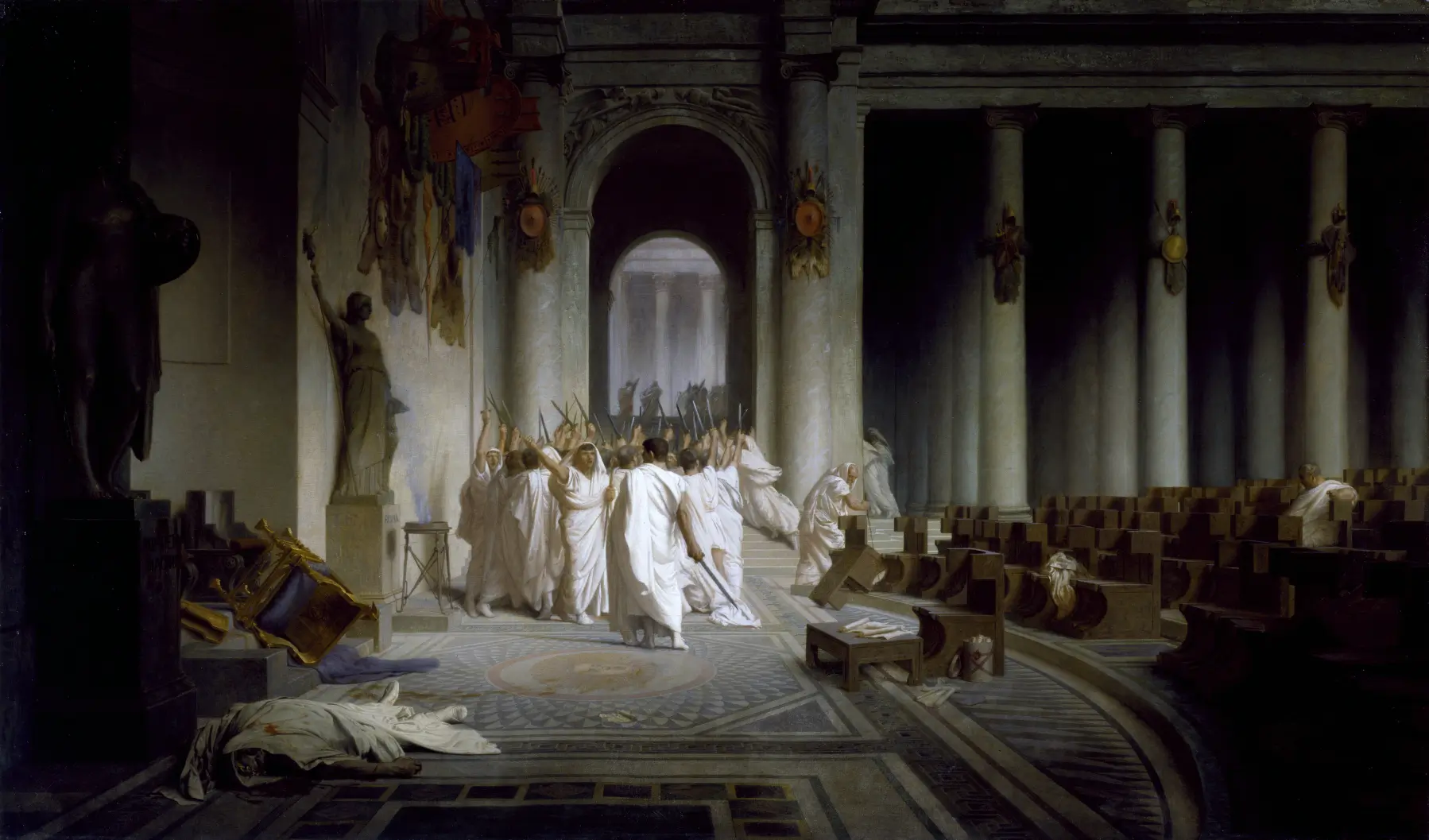
The location itself tells a story of irony. Caesar died not in the heart of Roman power, the Forum, but in a building named after Pompey, his former ally turned rival. Today, you can visit this historic site at Largo di Torre Argentina, where ancient ruins sit quietly in the middle of bustling Rome. What makes it even more surreal is that these stones, which once witnessed one of history’s most pivotal betrayals, now shelter a famous cat sanctuary. Dozens of cats roam freely among the ruins where senators once plotted.
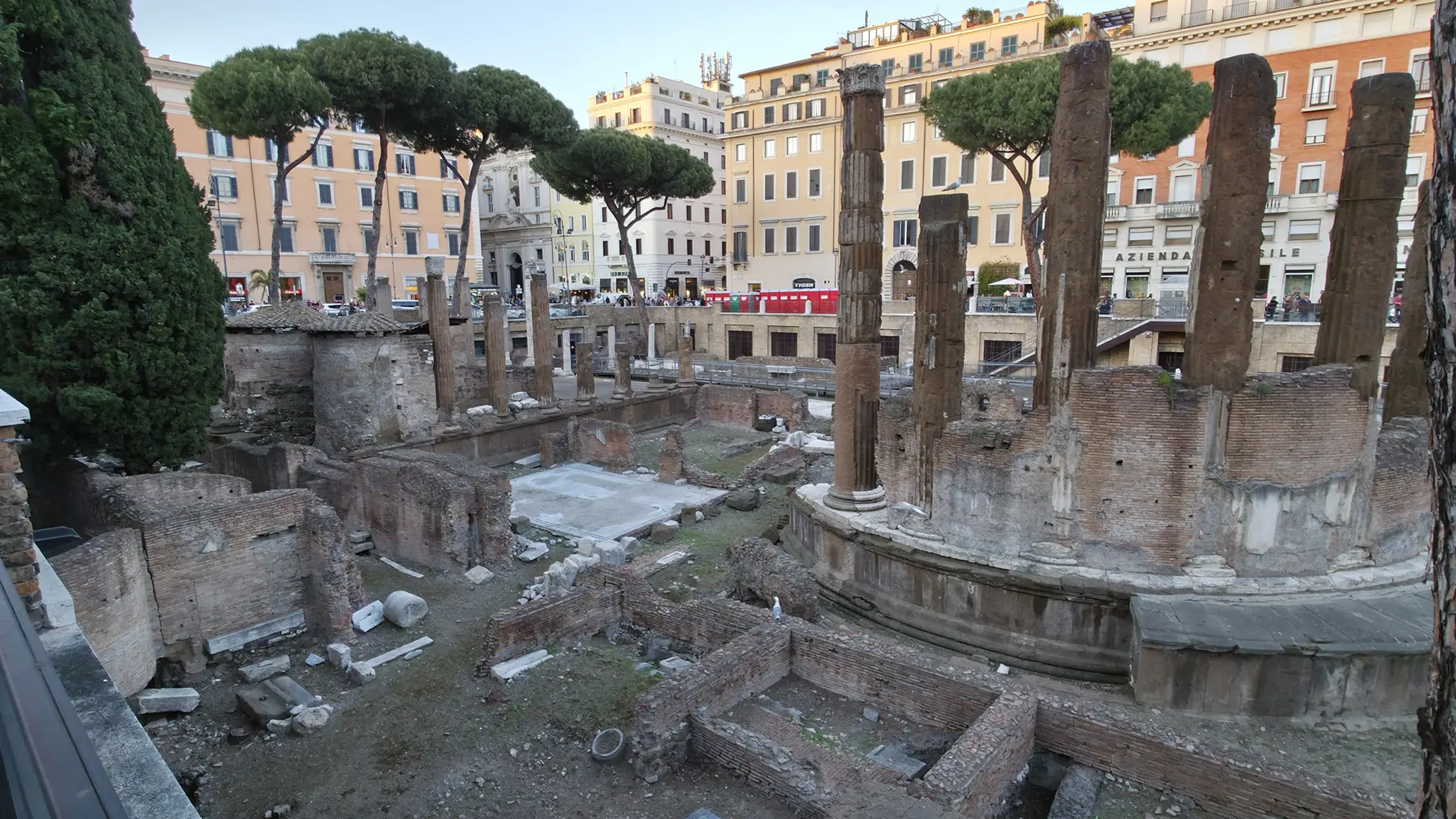
Standing in this unassuming square, it’s almost impossible to fathom that this peaceful spot changed the course of Western civilization. Caesar’s assassination didn’t save the Republic as the conspirators hoped, instead, it triggered civil wars that would ultimately bring Augustus to power and establish the Roman Empire. The quiet cats padding through the ruins seem to understand what the conspirators didn’t: that in Rome, attempts to preserve power often destroy the very thing they’re trying to protect.
🏛️ Where You Can Still Feel Him in Rome
Rome doesn’t let Caesar’s story fade. Here are places where his legacy lingers, and where you might just feel history brush against your shoulder:
📍 Roman Forum: This was Caesar’s political stage, and the site where his story reached its dramatic conclusion. Walk along the Via Sacra, and you’ll pass the ruins of the Temple of Divus Julius (Temple of Caesar), built by Augustus on the spot where Caesar’s body was cremated and where he was proclaimed a god. People still leave flowers here, honoring the man who transformed Rome forever.
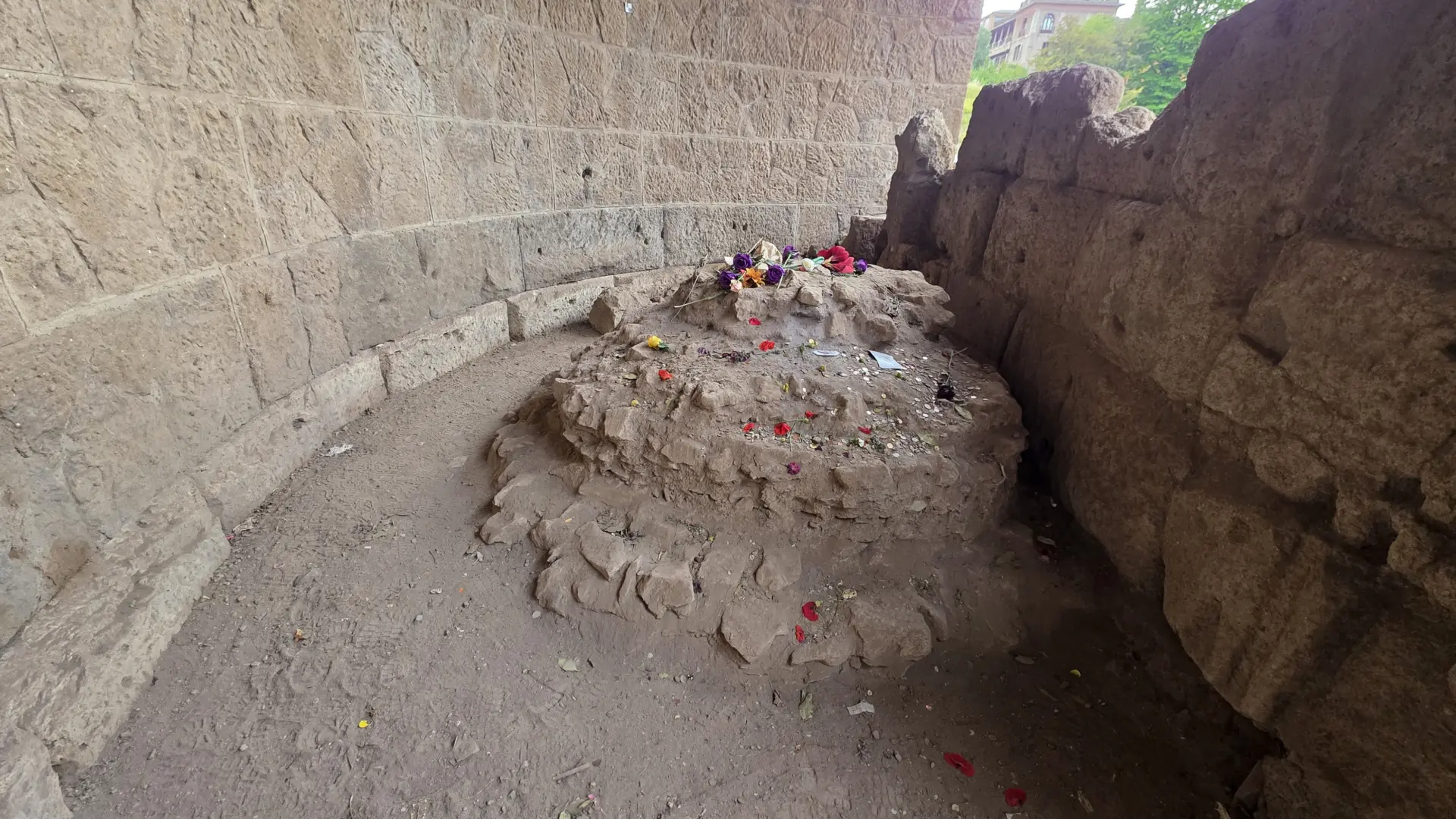
📍 Largo di Torre Argentina: This unassuming square holds one of history’s most consequential secrets. Here stood the Curia of Pompey, where Caesar met his end on the Ides of March. What makes this site particularly fascinating is that these ruins remained buried and forgotten for centuries until Mussolini’s urban planning in the 1920s accidentally uncovered them during construction. The irony is palpable: the spot where the Roman Republic’s fate was sealed through violence now sits peacefully in the heart of a modern democracy.
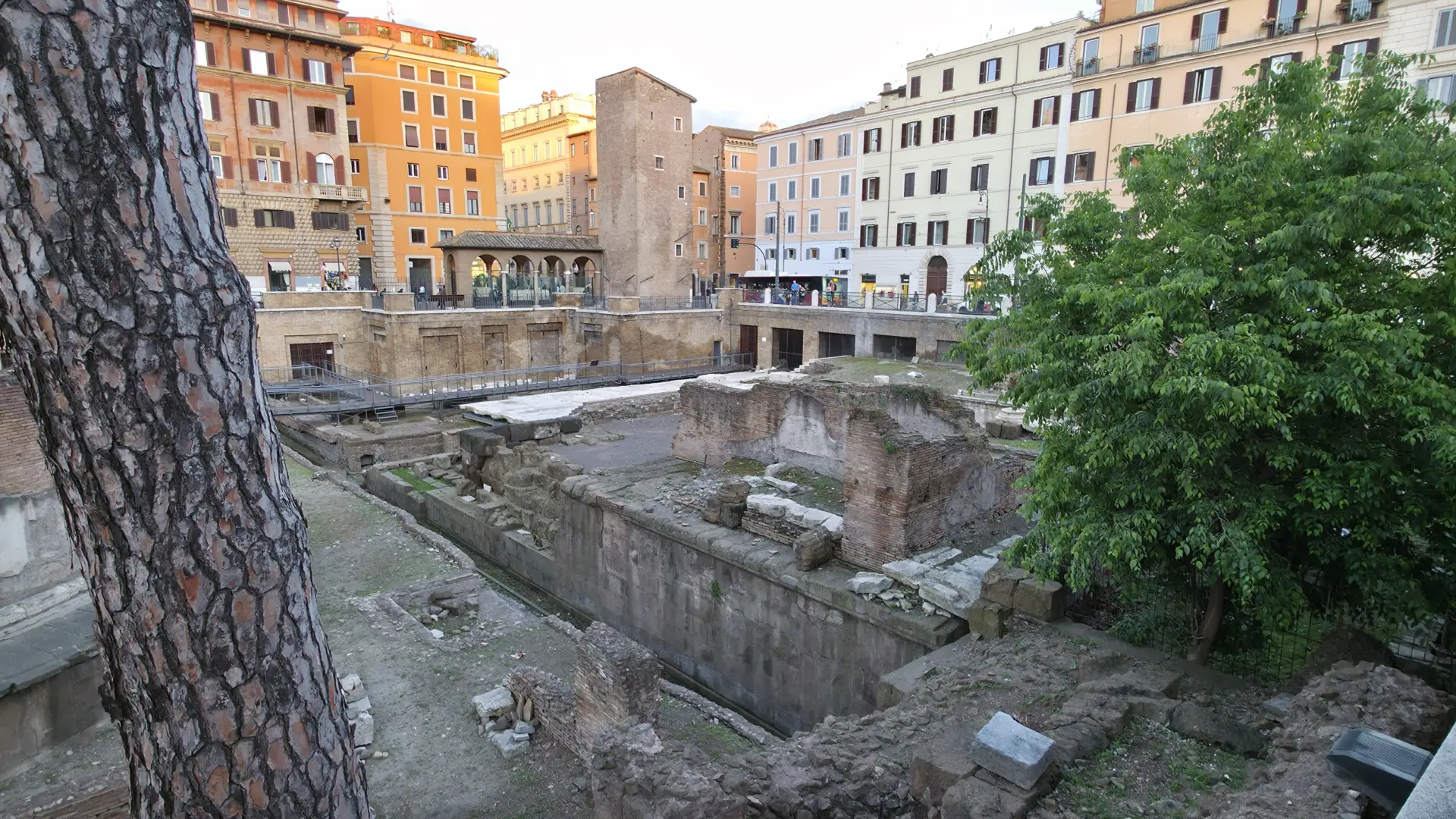
📍 Musei Capitolini (Capitoline Museums): One of the best places to view busts of Caesar, including a striking bronze that captures his distinctive features with remarkable detail. The museum sits atop the Capitoline Hill, where Caesar himself once conducted government business, making it the perfect place to contemplate how one person’s ambition reshaped the ancient world.
Final Thoughts
As I stood by the ruins of the Temple of Caesar in the Forum, I felt an odd stillness, like time had paused. The place is unassuming, but its silence is powerful. I tossed a flower there, like so many others have, and felt the weight of history.
Julius Caesar’s tale is filled with triumph, ambition, betrayal, and legacy, but above all, it’s Roman. It’s woven into the fabric of the Eternal City.
And that’s the magic of Rome: history isn’t behind glass here. It’s beneath your feet, etched into stone, written in the wind.
xoxo,
Bubbly✨

